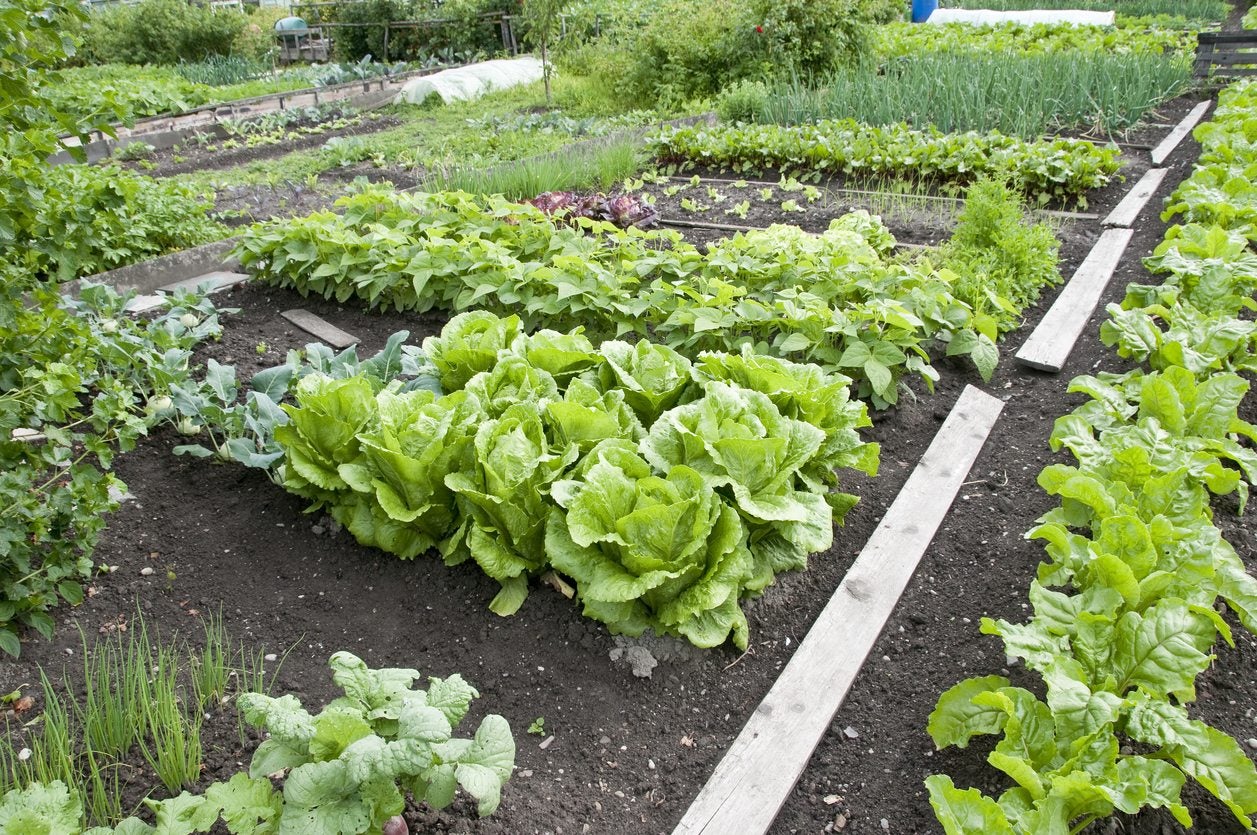Zone 5 Vegetables – When To Plant Zone 5 Vegetable Gardens

If you’re new to a USDA zone 5 area or have never gardened in this region, you might be wondering when to plant a zone 5 vegetable garden. As with every region, vegetables for zone 5 have general planting guidelines. The following article contains information about when to plant zone 5 vegetables.
Growing vegetables in zone 5 may be subject to a variety of factors, so use this as a guideline and for further information consult with your local extension office, a longtime resident or master gardener for specific information related to your area.
When to Plant Zone 5 Vegetable Gardens
USDA zone 5 is divided into zone 5a and zone 5b and each will vary somewhat regarding planting dates (often by a couple of weeks). Generally, planting is dictated by the first frost free date and the last frost free date, which in the case of USDA zone 5, is May 30 and October 1, respectively. The earliest vegetables for zone 5, those that should be planted in March through April, are:
- Asparagus
- Beets
- Broccoli
- Brussels sprouts
- Cabbage
- Carrots
- Cauliflower
- Chicory
- Cress
- Most herbs
- Kale
- Kohlrabi
- Lettuce
- Mustard
- Peas
- Potatoes
- Radishes
- Rhubarb
- Salsify
- Spinach
- Swiss chard
- Turnips
Zone 5 vegetables and herbs that should be planted from April to May include:
Those that should be planted from May to June include:
- Bush and pole beans
- Sweet corn
- Late cabbage
- Cucumber
- Eggplant
- Endive
- Leeks
- Muskmelon
- Watermelon
- Pepper
- Pumpkin
- Rutabaga
- Summer and winter squash
- Tomato
Growing vegetables in zone 5 doesn’t just have to be confined to the spring and summer months. There are a number of hardy veggies that can be sown for winter crops such as:
All of these crops can be planted late summer to early fall for winter harvest. Be sure to protect the crops with a cold frame, low tunnel, cover crops or a good layer of straw mulch.
Sign up for the Gardening Know How newsletter today and receive a free copy of our e-book "How to Grow Delicious Tomatoes".
Love Gardening Know How? Our latest book, The Complete Guide to Vegetable Gardening, is available now!
Perfect for the gardener in your life, or for your own coffee table, this book boasts 224 pages of high-quality pictures, expert tips, and easy-to-follow advice to get your vegetable garden growing its best. Look for it at these sellers, and wherever quality books are sold.

Amy Grant has been gardening for 30 years and writing for 15. A professional chef and caterer, Amy's area of expertise is culinary gardening.
